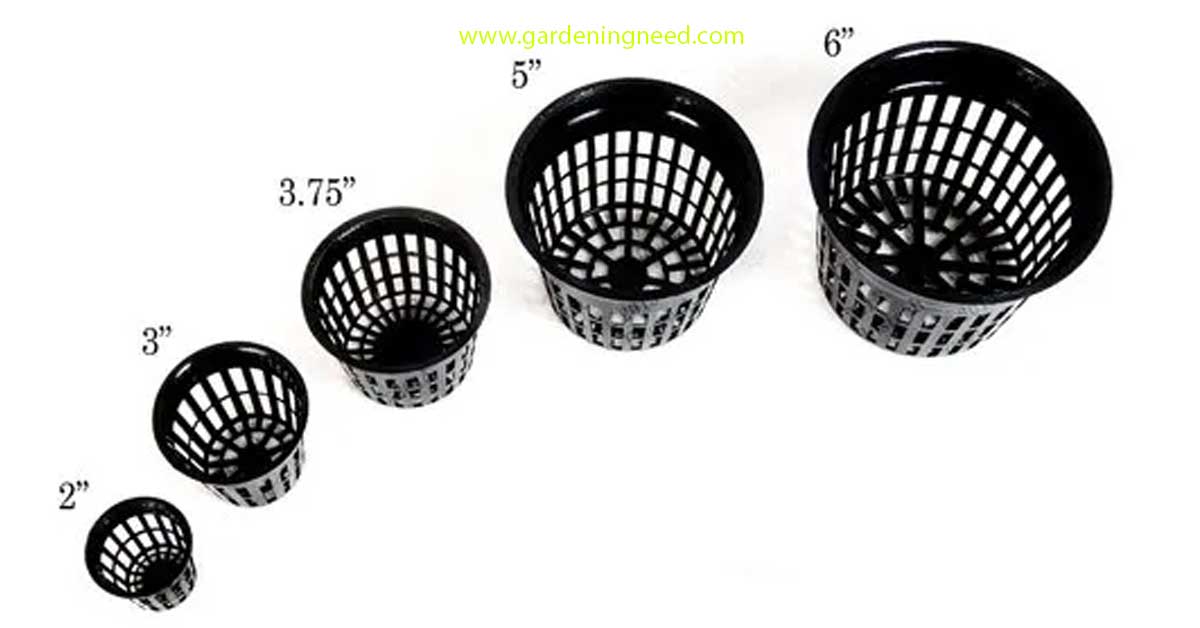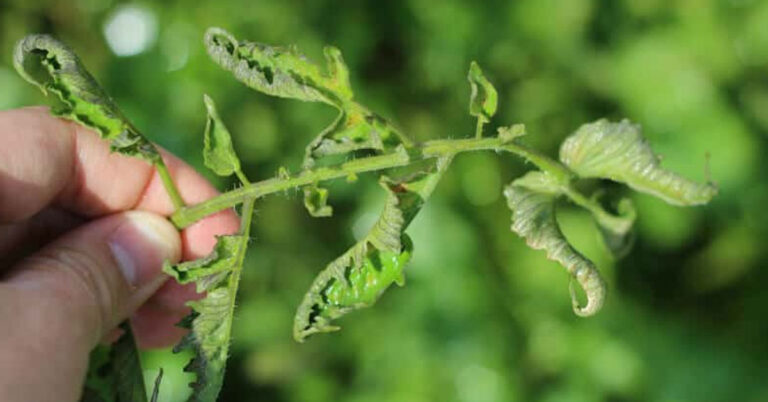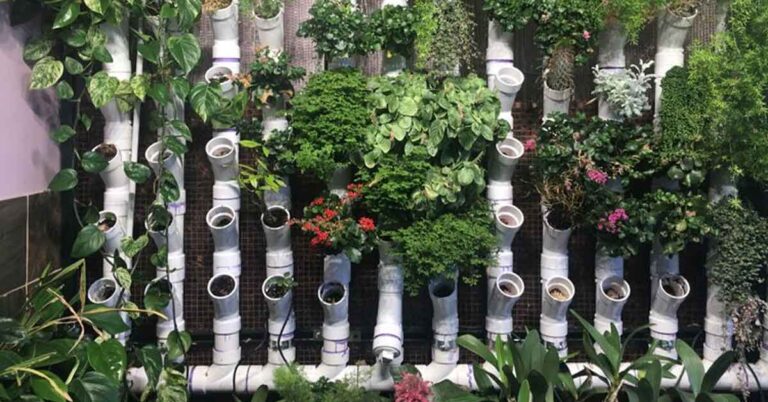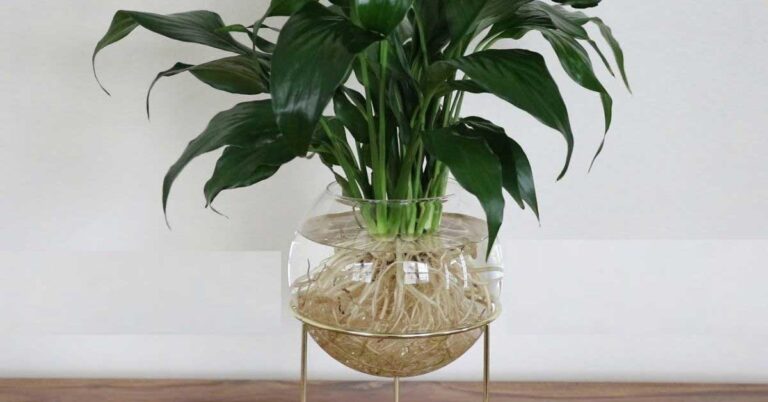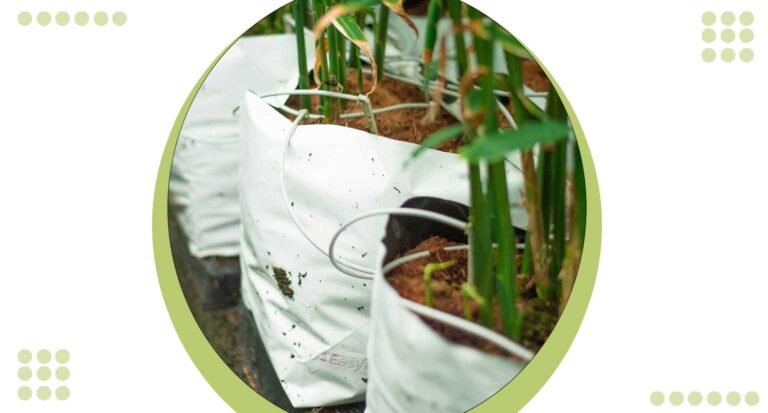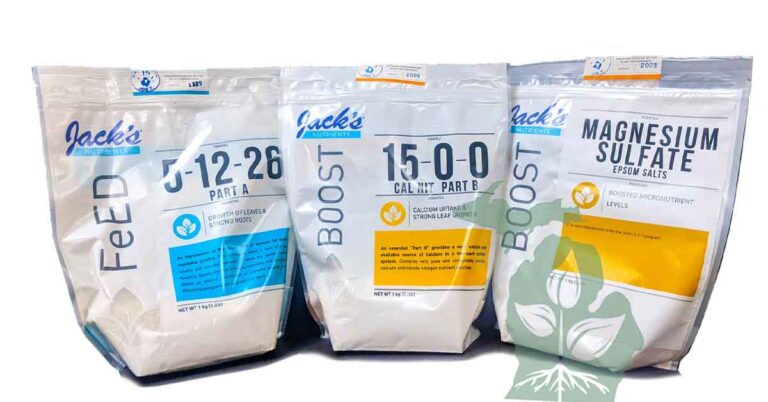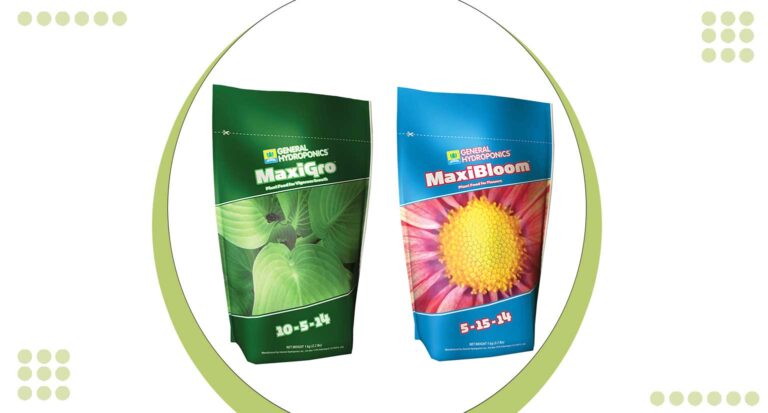What Size Net Pots for Hydroponics
Net pots are an essential component of hydroponic systems, providing a container for the roots of plants to grow and receive nutrients.
The size of the net pot is important for ensuring the optimal growth of plants, as the size of the pot affects the amount of water and oxygen that can reach the roots. When selecting the right size net pot for your hydroponic system, it is important to consider the size of the plants you are growing, the type of hydroponic system you are using, and the type of media you are using.
This article will provide an overview of the different sizes of net pots available and the factors to consider when selecting the right size for your hydroponic system.
Understanding Net Pot Sizes for Hydroponics
Understanding Net Pot Sizes for Hydroponics is essential for creating a successful hydroponic system. Net cups, or net pots, are used in hydroponics systems to hold the growing medium and provide support for the root system of the plants. Net pots come in a variety of sizes, and selecting the best net pot size for your hydroponic system is key to the success of your hydroponic growing systems.
Net pots come in different sizes, from two-inch net pots for small plants to larger net pots for larger plants. The size of the net pot you choose should depend on the type of plant you are growing and the type of hydroponic system you are using. For example, for a NFT system, two-inch net pots are usually the best option, while for a deep water culture system, larger size net pots are recommended. The size of the net pot should also be determined by the size of the root system of the plant, as well as the type of growing media you are using.
When selecting the right size net pot for your hydroponic system, it is important to consider the size of the plant’s roots, the type of growing media you are using, and the type of hydroponic system you are using. For example, if you are growing leafy greens, you may want to use smaller net pots, as they will provide enough space for the roots to grow without overcrowding them. On the other hand, if you are growing heavier plants, such as tomatoes, you may want to use larger net pots to provide enough space for the root system to grow.
In addition to the size of the net pot, it is also important to consider the type of net pot lid you are using. Net pot lids are available in various sizes and shapes, and the right lid can help ensure that the plant’s roots get enough oxygen and nutrients. It is also important to consider the weight of the plant when selecting the right size net pot lid, as heavier plants may require larger lids to support the extra weight.
Finally, when selecting the right size net pot for your hydroponic system, it is important to consider the type of hydroponic system you are using. Different types of hydroponic systems require different sizes of net pots, and it is important to select the right size net pot for the type of system you are using. For example, for a hydroponic lettuce system, two-inch net pots are usually the best option, while for a hydroponic tomato system, larger size net pots are recommended.
Understanding net pot sizes for hydroponics is essential for creating a successful hydroponic system. By selecting the right size net pot for your hydroponic system, you can ensure that your plants get enough oxygen and nutrients, and that their root systems are not overcrowded. With the right size net pot, you can also ensure that your plants get the right amount of light and nutrients, and that their root systems are not damaged by root rot.
Factors to Consider When Choosing Net Pot Size
When choosing the right size net pot for your hydroponics system, there are various factors to consider. The type of hydroponic system you are using, the type of plant you are growing, and the size of the plant’s root system are all important considerations. Net pots come in various sizes, from two-inch net pots to larger six-inch net pots. The size of the net pot should be appropriate for the size of the plant’s root system and the type of growing medium used. For example, if you are using a hydroponic system with clay pebbles, a larger net pot may be necessary to accommodate the larger root system. On the other hand, if you are growing leafy greens in a NFT system, a smaller net pot may be more suitable.
When growing larger plants, such as hydroponic lettuce, larger net pots are recommended. These larger net pots provide enough space for the root system to grow and also provide enough weight to keep the plant in place. If you are using a deep water culture system, plastic net pots are the best option as they are lightweight and provide enough space for the root system to develop. Plastic cups and plastic net pots are also great for growing smaller plants, such as hydroponic tomatoes.
When selecting the right size net pot for your hydroponic system, it is important to consider the type of plant you are growing, the size of the plant’s root system, and the type of growing medium used. Larger net pots are best for larger plants, while smaller net pots are best for smaller plants. Additionally, it is important to consider the type of hydroponic system you are using, as this will determine the size of the net pot you need. Finally, it is important to consider the warranty claim and the delivery services offered by the manufacturer of the net pot. By considering all of these factors, you can ensure that you select the right size net pot for your hydroponic system.
Pros and Cons of Short vs. Medium Net Pots
Net pots are a popular choice for hydroponic systems, as they provide an ideal environment for plants to grow in. They come in various sizes, ranging from small two-inch net cups to larger six-inch net pots, and can be used for a variety of hydroponic growing systems, such as NFT, DWC, and more.
When deciding which size net pot to use, it’s important to consider the type of plant you’re growing, the size of the plant’s root system, and the type of hydroponic system you’re using. Generally, smaller net pots are best for smaller plants, such as leafy greens, while larger net pots are better for larger plants, such as tomatoes.
Pros of Short Net Pots:
Short net pots are great for smaller plants, as they provide enough space for the root system to develop without taking up too much space in the hydroponic system. They’re also great for growing media such as clay pebbles or clay pellets, as they provide enough space for the roots to spread out. Additionally, short net pots are lightweight and easy to move around, making them ideal for smaller hydroponic systems.
Cons of Short Net Pots:
Short net pots are not ideal for larger plants, as they don’t provide enough space for the root system to develop properly. Additionally, they can be difficult to remove from the hydroponic system, as the smaller size makes it harder to grip the pot.
Pros of Medium Net Pots:
Medium net pots are ideal for larger plants, as they provide enough space for the root system to develop properly. They’re also great for heavier plants, as the larger size allows for more weight to be supported. Additionally, medium net pots are easier to remove from the hydroponic system, as the larger size makes it easier to grip the pot.
Cons of Medium Net Pots:
Medium net pots are not ideal for smaller plants, as they can take up too much space in the hydroponic system. Additionally, they can be more difficult to move around, as the larger size makes them heavier.
Benefits of Using Net Pots for Hydroponics
Net pots are an essential part of any hydroponics system. They provide the perfect environment for the roots of plants to grow in, while allowing the nutrient solution to flow freely. Net pots come in a variety of sizes, shapes, and materials, making them a great choice for any hydroponic grower.
Net pots are the best way to grow leafy greens, herbs, and other small plants in a hydroponic system. They are typically made of plastic or clay and come in various sizes, from two-inch net pots to larger net pots. The smaller net pots are perfect for growing smaller plants, while the larger net pots are better suited for larger plants. The sides of the pots have wider lips to allow for easier removal of plants.
The main difference between net pots and other types of hydroponic growing systems is that the roots of the plants are exposed to the nutrient solution. This allows for faster nutrient uptake and better root growth. Net pots can also be used in NFT systems, deep water culture, and other types of hydroponic systems.
The best net pots for hydroponics are those that are the right size for the type of plant you are growing. If the net pot is too small, the plant’s roots will be cramped and may not get enough oxygen. If the net pot is too large, the plant’s roots may be exposed to too much water and could suffer from root rot. The right size net pot will also provide enough space for the plant’s roots to grow and spread out.
Net pots come in different sizes and shapes, so it’s important to choose the right size for the type of plant you are growing. For example, two-inch net pots are perfect for small plants, while larger net pots are better suited for larger plants. Net pot lids are also available to help keep the nutrient solution from evaporating.
When choosing a net pot for your hydroponic system, it’s important to consider the type of growing medium you are using. Clay pebbles, rockwool cubes, and oasis cubes are all popular choices for hydroponic growing media. Depending on the type of system you are using, you may need to choose a net pot with a larger size or one with a deeper lip to accommodate the growing medium.
Finally, it’s important to choose the right size net pot for the type of hydroponic system you are using. For example, if you are using a deep water culture system, you may need to choose a larger size net pot. On the other hand, if you are using an NFT system, you may need to choose a smaller size net pot.
Net pots are a great way to grow plants in a hydroponic system. They provide the perfect environment for the roots of plants to grow in, while allowing the nutrient solution to flow freely. With the right size net pot, you can ensure that your plants get the nutrients they need to thrive.
How to Measure Net Pot Size
Measuring net pot size is an important step when setting up a hydroponics system. The size of the net pot will determine the size of the root system and the amount of nutrient solution and growing medium needed. The right size net pot will also help ensure the best results for the plants.
Net cups, or net pots, come in a variety of sizes, shapes, and materials. The most common sizes are two-inch, four-inch, and six-inch net pots. Smaller net pots are great for growing leafy greens, while larger net pots are better for larger plants such as tomatoes and peppers. When choosing the right size net pot, it is important to consider the type of plant, the type of hydroponic system, and the size of the plant’s root system.
For hydroponic growing systems such as NFT and deep water culture, two-inch net pots are the best option. These smaller net pots are great for smaller plants and will provide enough space for the root system to grow. For larger plants, larger net pots are recommended. Larger net pots will provide enough space for the root system to grow and will also provide extra weight to keep the plant in place.
When using clay pebbles or other growing media, it is important to choose the right size net pot. Clay pellets and other growing media can be heavy, so it is important to choose a net pot that is the appropriate size for the type of plant. Smaller net pots are great for smaller plants, while larger net pots are better for heavier plants.
When using rockwool cubes or oasis cubes, it is important to choose the right size net pot. Rockwool cubes and oasis cubes are designed to fit into net pots of various sizes. It is important to choose the right size net pot to ensure the best results for the plant.
Net pot lids are also available in different sizes. Lids can help keep the nutrient solution and growing medium in the net pot and can also help keep the roots of the plants in the right place. Lids can also help keep the root system from getting too wet, which can lead to root rot.
When choosing the right size net pot, it is important to consider the type of plant, the type of hydroponic system, and the size of the plant’s root system. The right size net pot will help ensure the best results for the plants and will also help ensure the roots of the plants have enough space to grow.
Advantages
Net pots come in various sizes, shapes, and materials, making them a great choice for hydroponic growing systems. The size of the net pot is important for a successful hydroponic system, as it affects the root system, nutrient solution, and growing medium. Smaller net pots are best for leafy greens, while larger net pots are better for larger plants.
When choosing the right size of net pot for your hydroponic system, consider the type of plant, the type of hydroponic system, and the size of the plant. For example, two-inch net pots are great for small plants, while larger size pots are better for heavier plants. Net pot lids are also available for larger net pots to provide extra weight and stability.
When using larger net pots, make sure there is enough space for the root system to grow. If the pot is too small, the roots may become root-bound and cause root rot. It is also important to choose the right size of net pot for the type of hydroponic system you are using. For example, deep water culture systems require larger net pots than NFT systems.
When using smaller net pots, it is important to make sure the plant’s roots have enough room to grow. If the pot is too small, the roots may become root-bound and cause root rot. It is also important to choose the right size of net pot for the type of hydroponic system you are using. For example, smaller net pots are better for hydroponic lettuce, while larger net pots are better for hydroponic tomatoes.
The main difference between plastic cups and plastic net pots is the wider lips on the net pots. This allows for easier removal of plants from the water reservoir and also allows for better nutrient uptake. Plastic net pots are also the best option for hydroponic gardeners who are looking for a great way to grow plants without using soil.
When choosing the right size of net pot for your hydroponic system, it is important to consider the type of plant, the type of hydroponic system, and the size of the plant. Different sizes of net pots are available, so it is important to choose the right size for the type of plant and the type of system you are using. Larger net pots are best for larger plants, while smaller net pots are best for smaller plants. The right size of net pot will ensure that the plant’s roots have enough room to grow and that the plant has enough access to the nutrient solution.
Tips for Choosing the Right Net Pot Size
Choosing the right net pot size is an important step in setting up a successful hydroponics system. Net pots are used to hold the growing medium and provide a place for the plant’s roots to grow. The size of the net pot you choose will depend on the type of hydroponic system you are using, the type of plant you are growing, and the size of the plant’s root system.
For hydroponic systems such as NFT, Deep Water Culture, and Ebb and Flow, net pots come in various sizes, from two-inch net pots to larger six-inch net pots. Smaller net pots are best for small plants such as leafy greens, while larger net pots are better for larger plants such as tomatoes. When using clay pebbles or clay pellets as a growing medium, two-inch net pots are usually the best option. If you are using a heavier growing medium such as rockwool cubes or oasis cubes, larger size net pots may be necessary.
When choosing the right size net pot, it is important to make sure there is enough space for the root system to grow and for the nutrient solution to flow freely. Net pot lids are also available to help keep the nutrient solution from evaporating. The main difference between plastic net pots and plastic cups is that net pots have wider lips, which make it easier to remove the plants from the net pot.
When selecting the right size net pot, it is important to consider the type of hydroponic system you are using, the type of plant you are growing, and the size of the plant’s root system. It is also important to make sure the net pot you choose is appropriate for the type of hydroponic system you are using. For example, if you are using a Deep Water Culture system, you will need larger net pots than if you are using an NFT system.
When ordering net pots online, it is important to check the exact sizes of the net pots before ordering. Many online stores offer free delivery services, but some may charge a fee for special orders or for ordering net pots in larger sizes. If you are ordering net pots from a local store, make sure to check the warranty claim before purchasing.
Choosing the right size net pot is an important step in setting up a successful hydroponic system. By considering the type of hydroponic system you are using, the type of plant you are growing, and the size of the plant’s root system, you can ensure that you are selecting the right size net pot for your hydroponic garden.
Selecting the Best Net Pot Size
Selecting the right size net pot for your hydroponic system is essential for successful hydroponic gardening. Net pots are containers that hold the growing medium and provide support for the plant’s roots. The size of the net pot will depend on the type of hydroponic system you are using, the type of plant you are growing, and the size of the plant’s root system.
Net pots come in a variety of sizes, from two-inch net pots for small plants, to larger net pots for larger plants. The most common type of net pot is made of plastic, but there are also mesh pots, clay pebbles, and clay pellets available. The larger the net pot, the more room the root system has to grow. This is especially important for leafy greens and other plants that require a lot of root space.
For NFT systems, two-inch net pots are usually the best option. These small pots provide enough space for the roots to grow, while still allowing for nutrient solution to flow freely. For hydroponic growing systems that use a larger grow medium, such as rockwool cubes or oasis cubes, larger net pots are usually the best option. These larger net pots provide enough space for the roots to spread out and absorb the nutrient solution.
When selecting the right size net pot for your hydroponic system, it is important to consider the type of plant you are growing, the size of the plant’s root system, and the type of hydroponic system you are using. Smaller plants may require smaller net pots, while larger plants may require larger net pots. It is also important to consider the type of growing media you are using, as this will determine the size of the net pot needed. For example, if you are using a deep water culture system, you may need larger net pots to provide enough space for the roots to spread out.
Net pot lids are also available in various sizes and shapes, and can be used to provide extra weight and support for heavier plants. It is important to select the right size net pot lid for your hydroponic system, as this will ensure that the plant’s roots have enough space to grow without being damaged.
When selecting the right size net pot for your hydroponic system, it is important to consider all of the various factors mentioned above. The right size net pot will ensure that your plants have enough space to grow, while also providing the necessary support for the root system. By selecting the right size net pot, you can ensure that your hydroponic system is successful and your plants will thrive.
In conclusion, the size of net pots for hydroponics will depend on the size of the plants you are growing. Generally, net pots with a diameter of 2-3 inches are suitable for most plants, but larger plants may require larger net pots. Ultimately, the size of the net pot should be based on the size of the root system of the plants you are growing.

